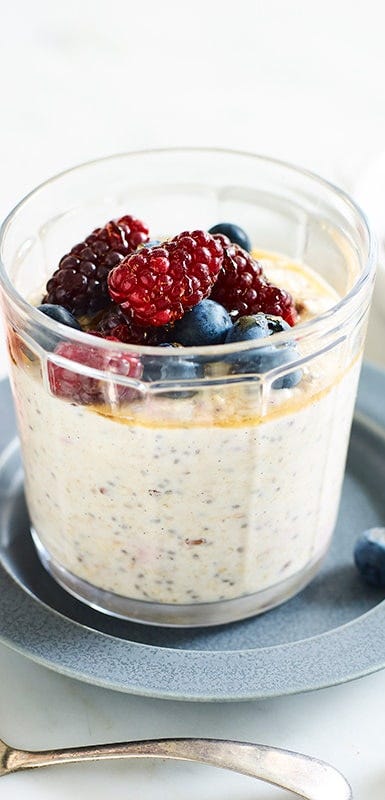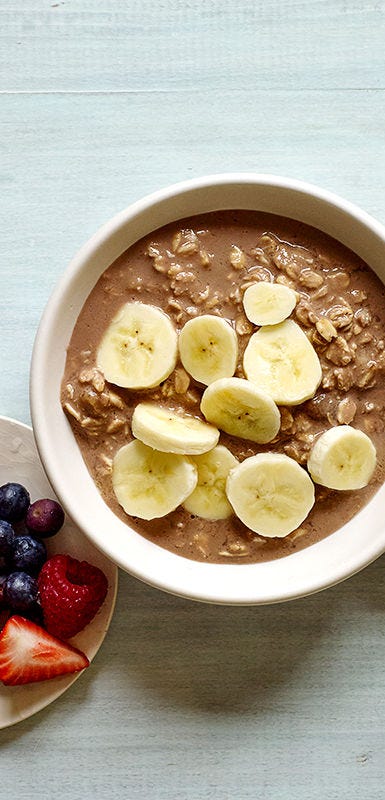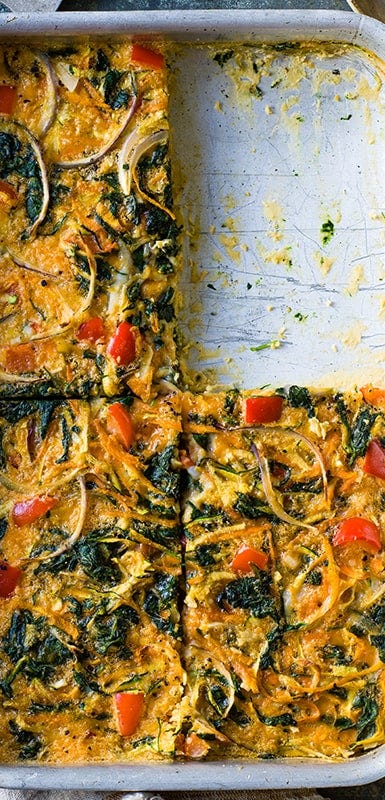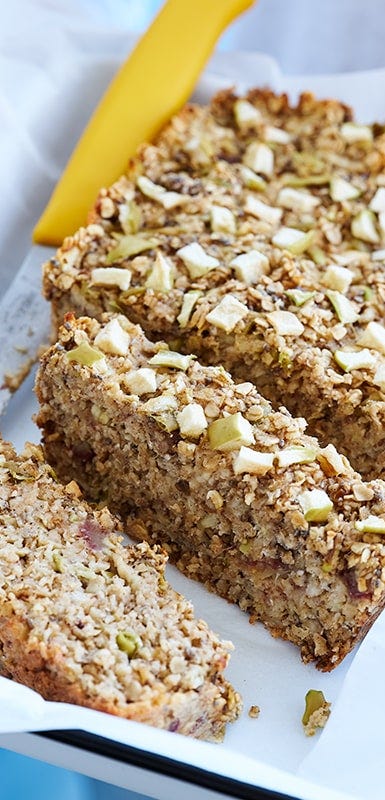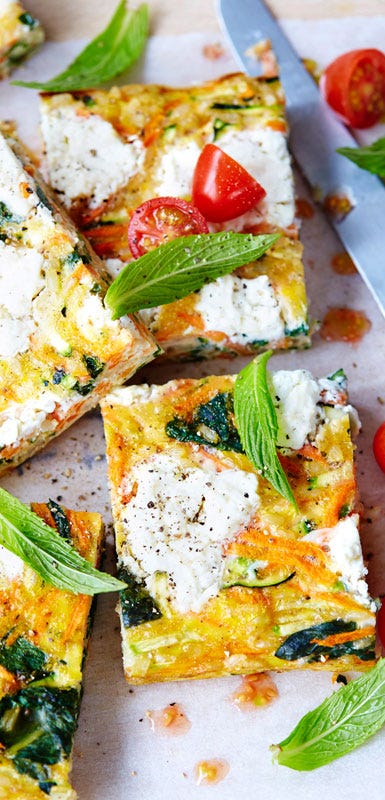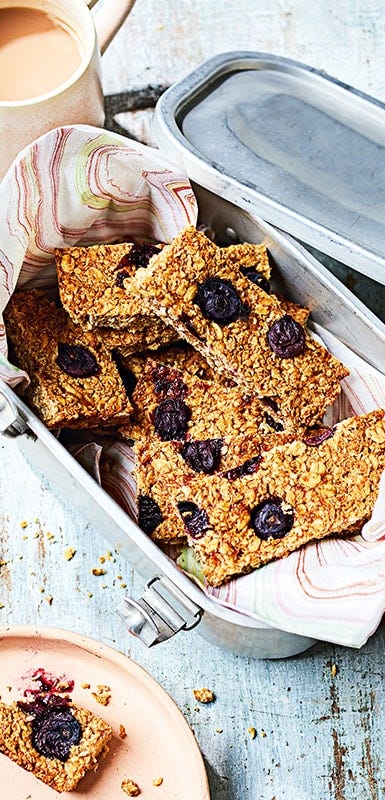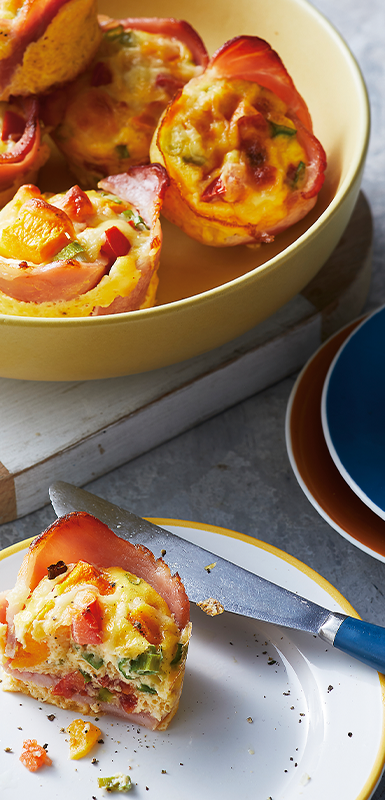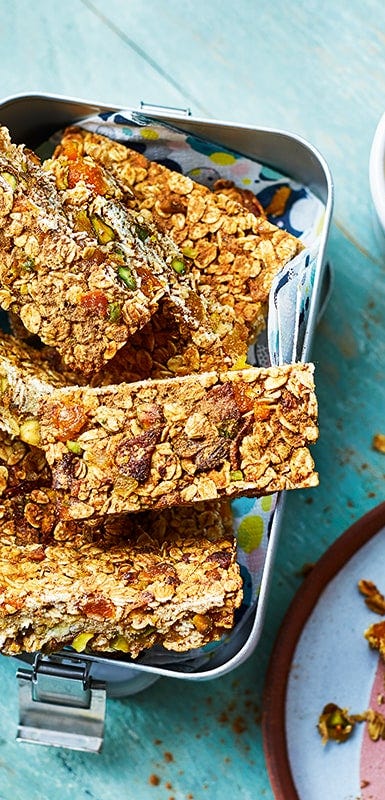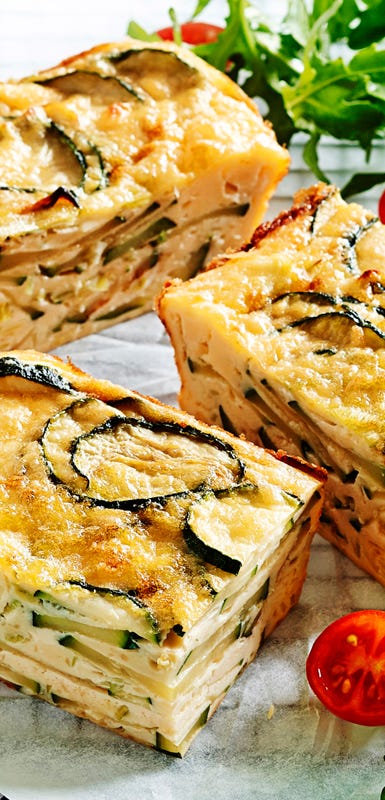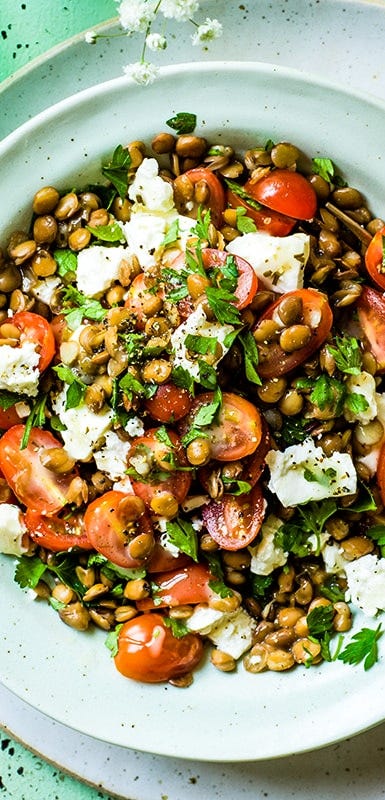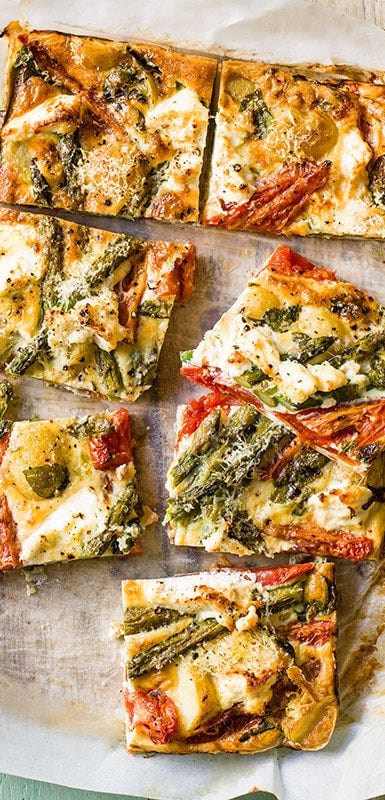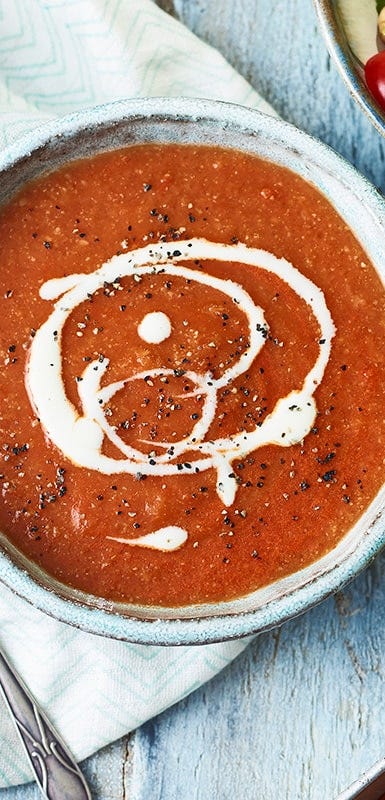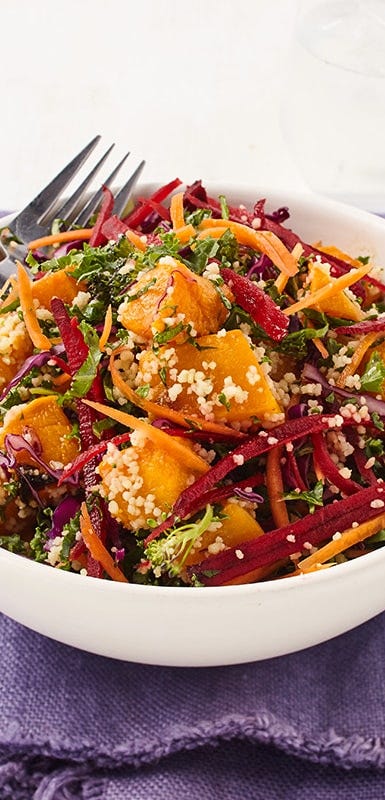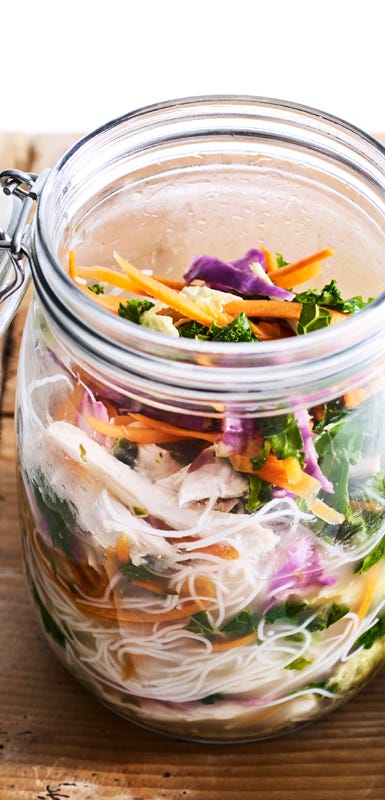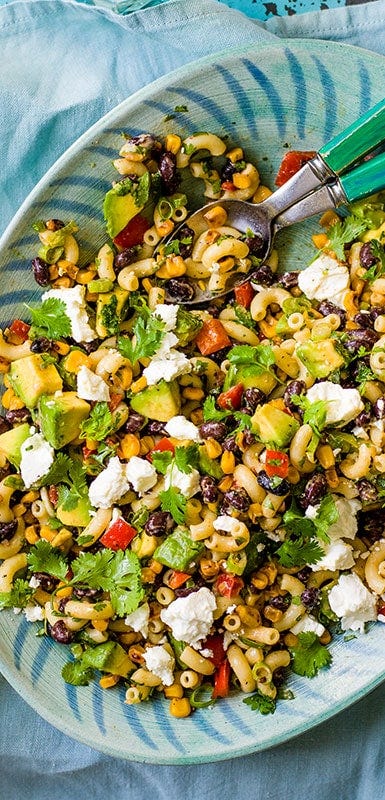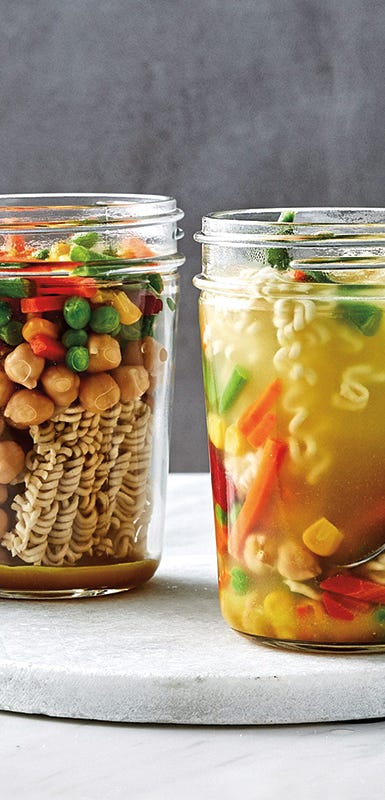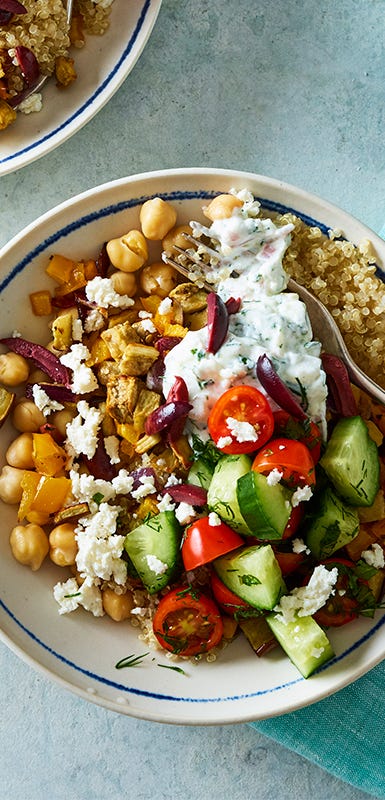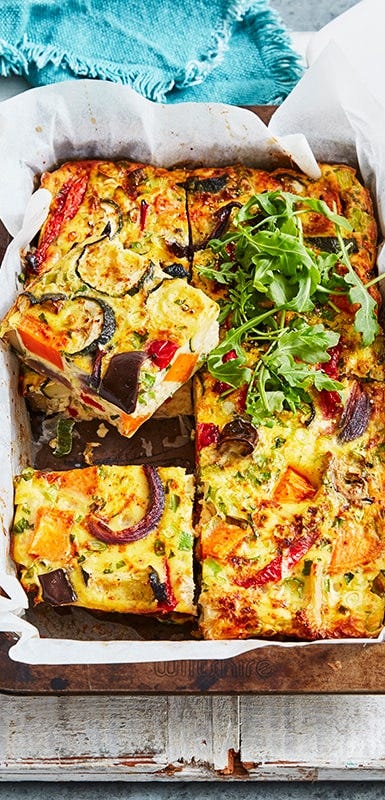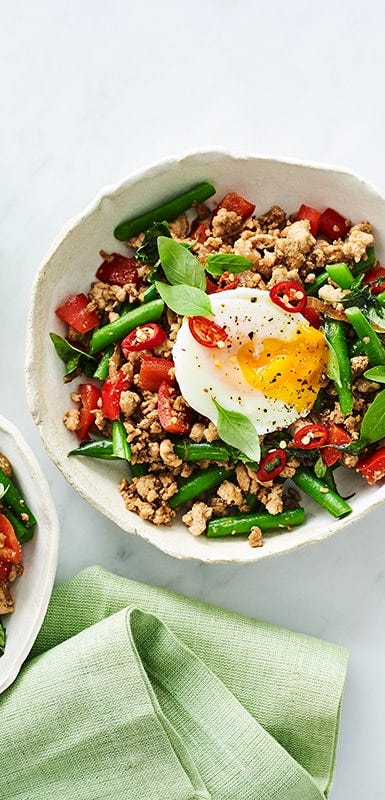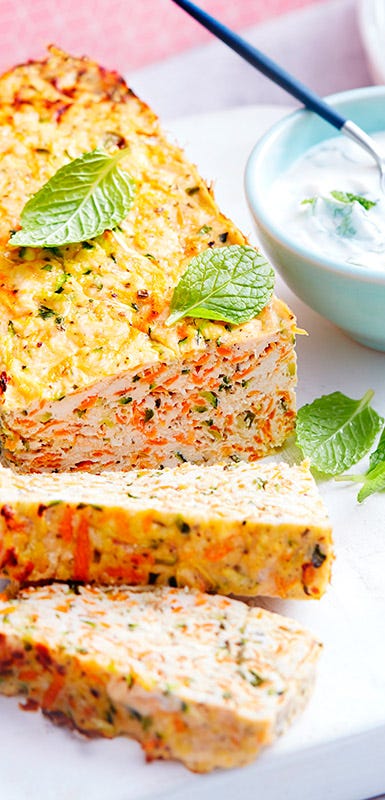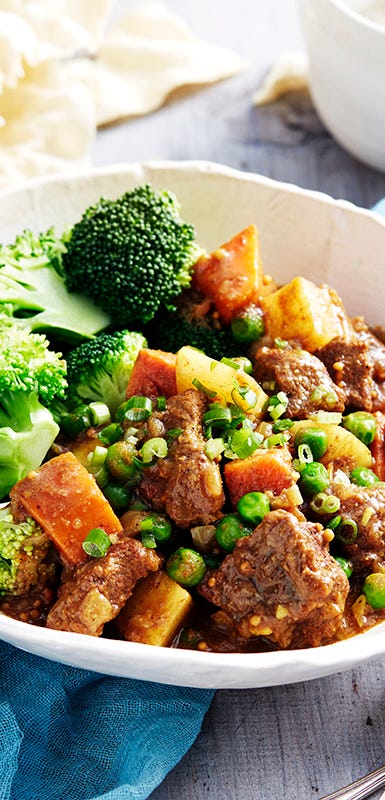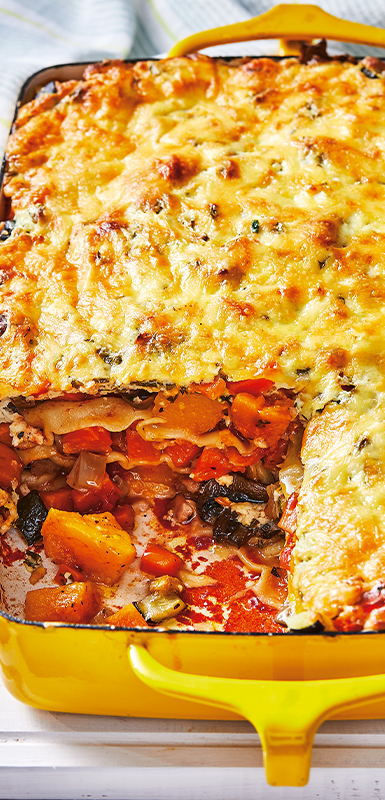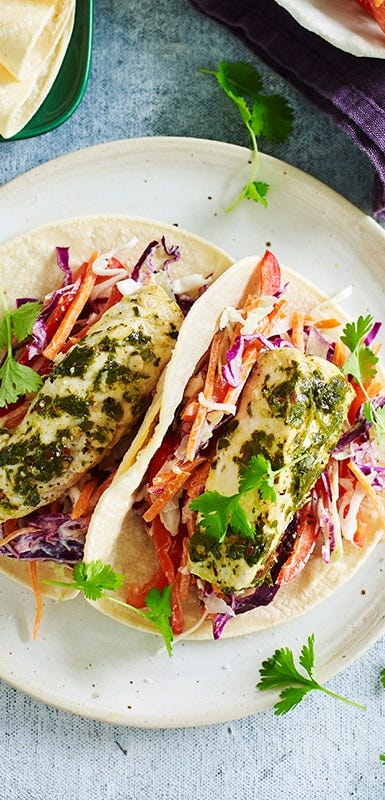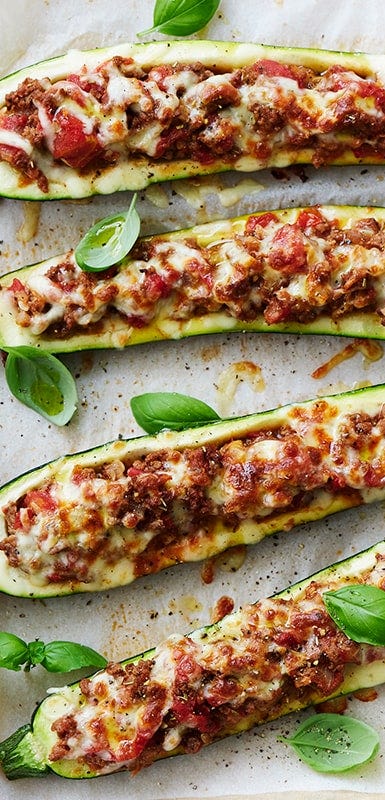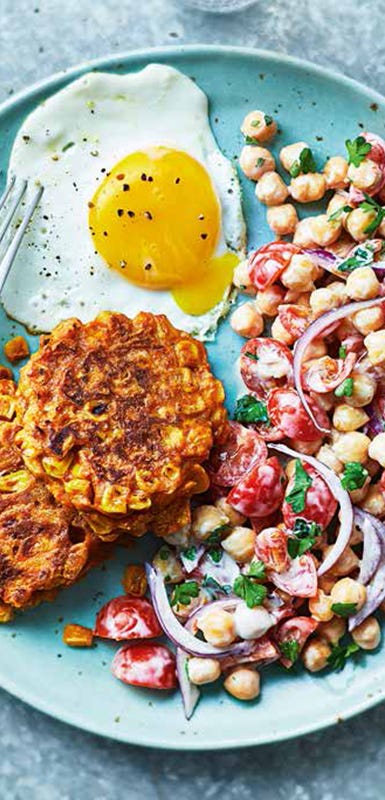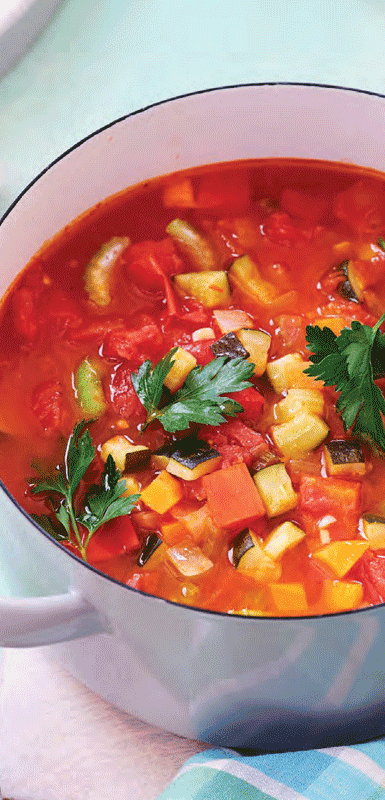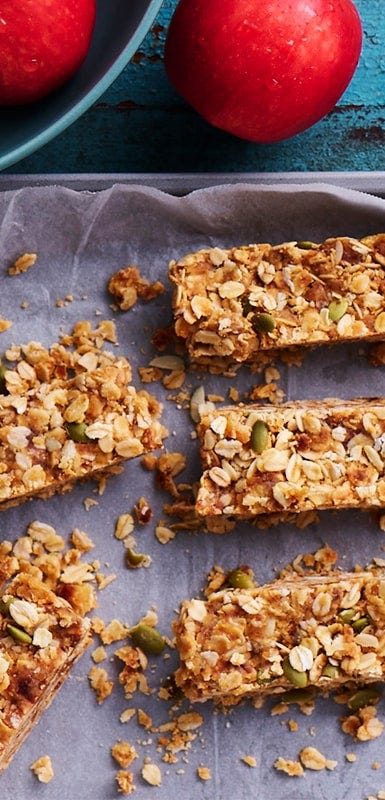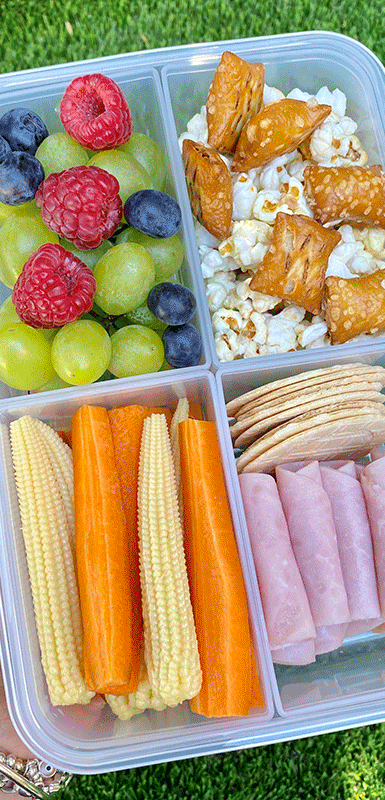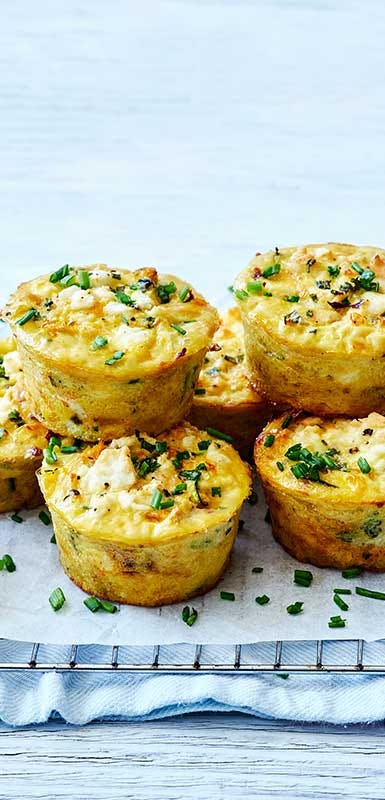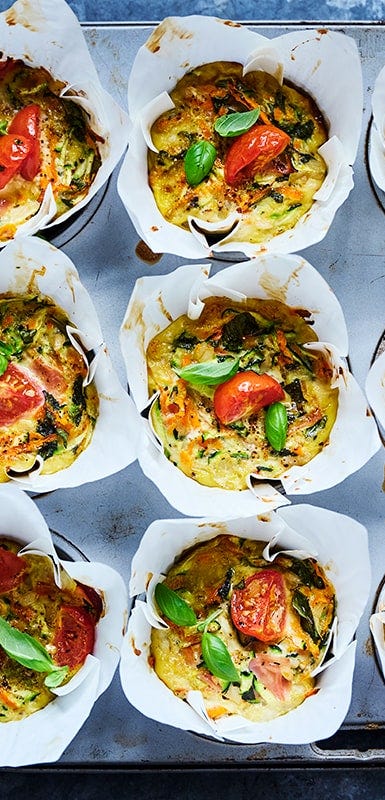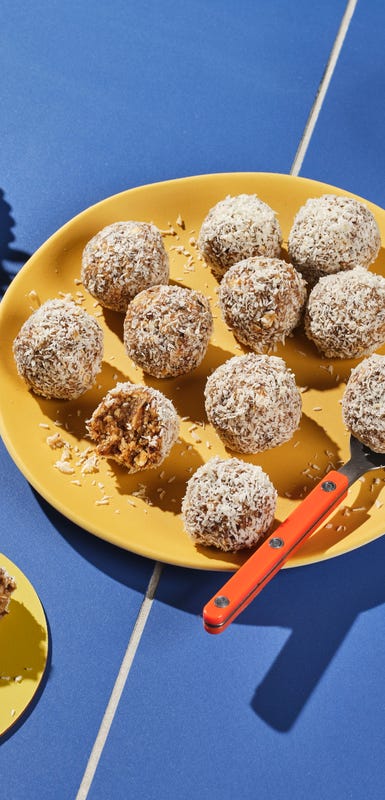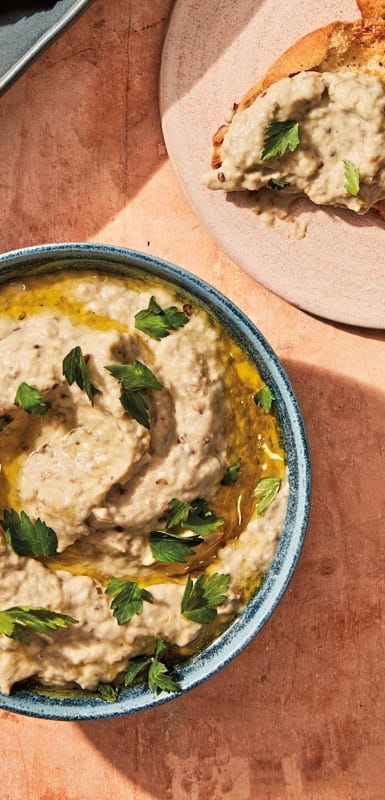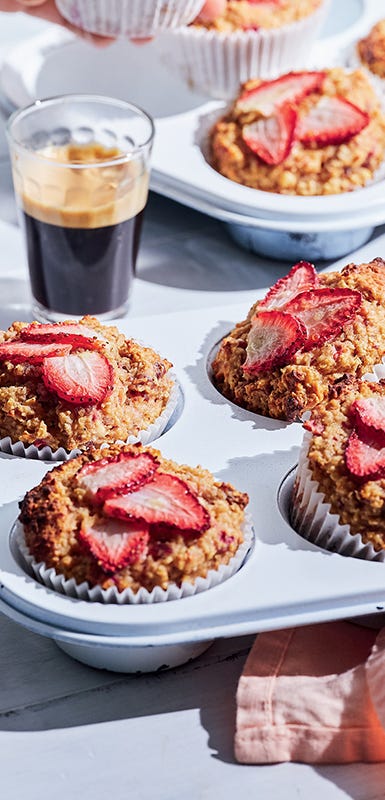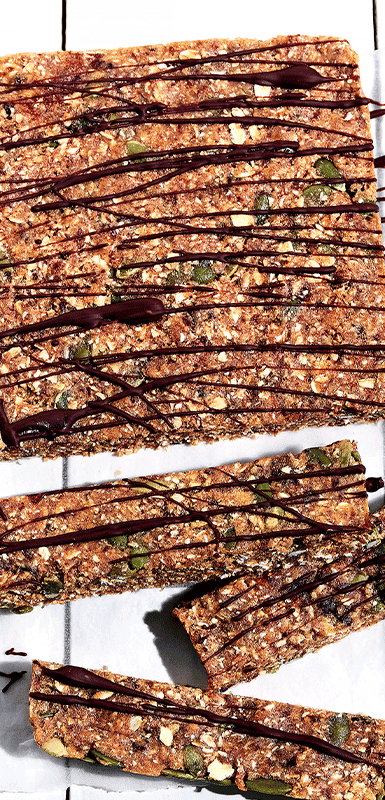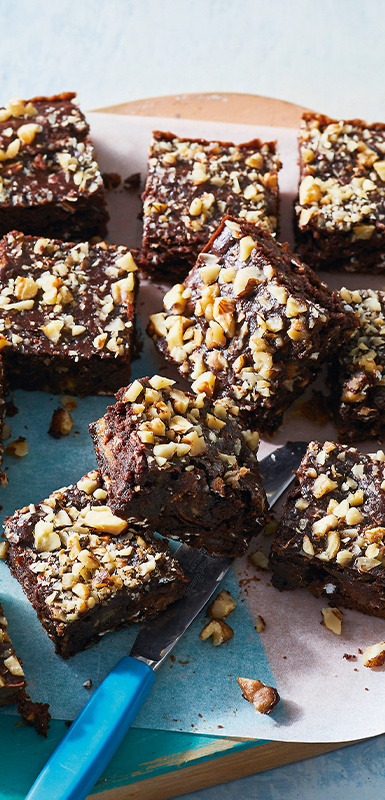Weight loss meal prep ideas for beginners: The ultimate guide
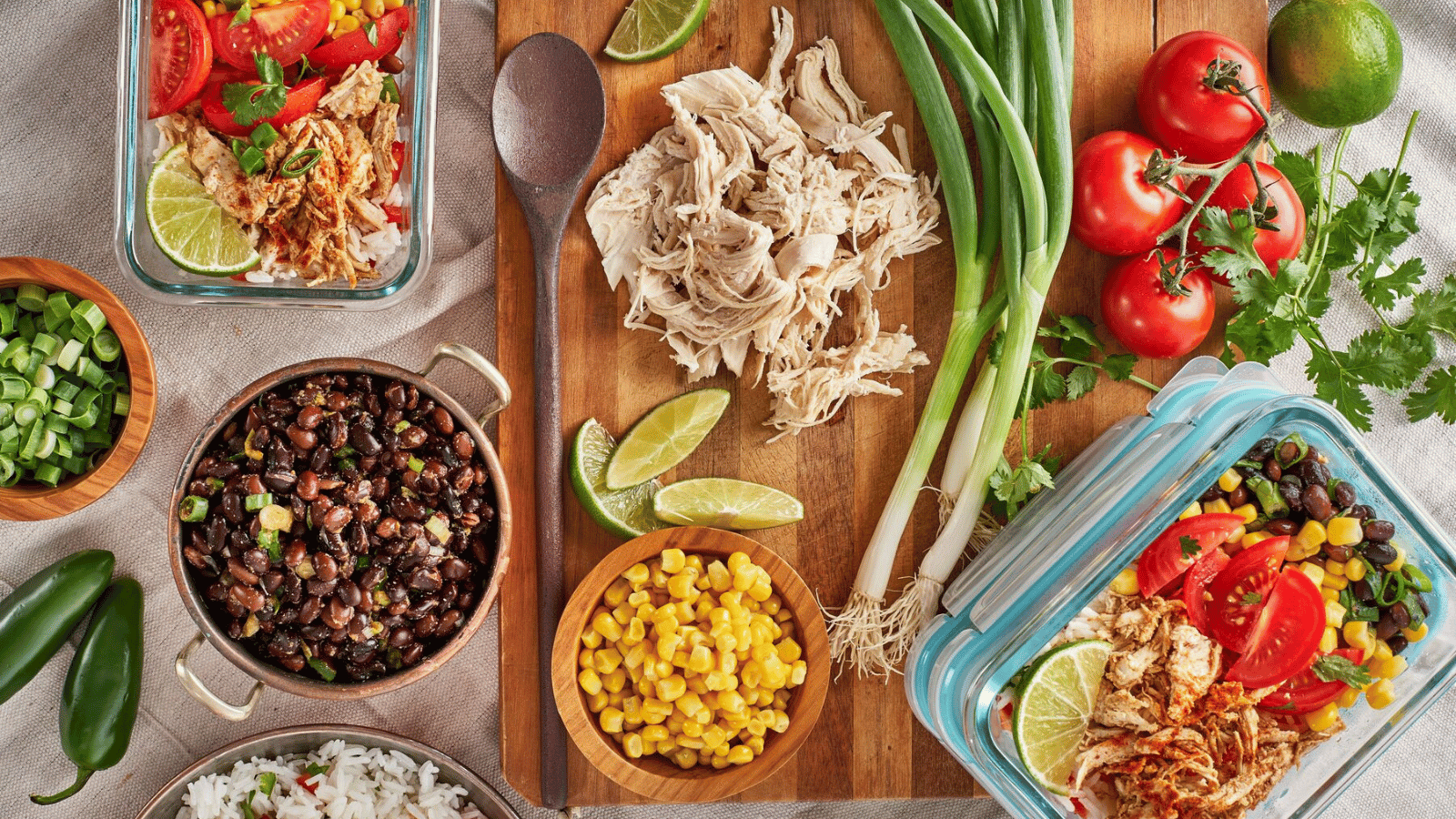

Included in this article:
While people have been preparing meals ahead of time since the invention of the fridge, the term “meal prep” first began trending in 2014 and has been climbing ever since. Now that entire social media accounts are devoted to the art of meal prepping, and the #mealprep hashtag on Instagram has more than 13 million posts, chances are you’ve been inspired by the movement, which involves photos of neatly-packed, portion-controlled food containers.
At the same time, meal prep can feel like a puzzle you don’t have time to solve—particularly when life gets busy. But here’s the truth: You can do it! Although meal prep might feel daunting at first, just a little bit of planning, a good set of food storage containers, and a few dedicated hours can turn you into a meal-prep pro.
What is meal prep?
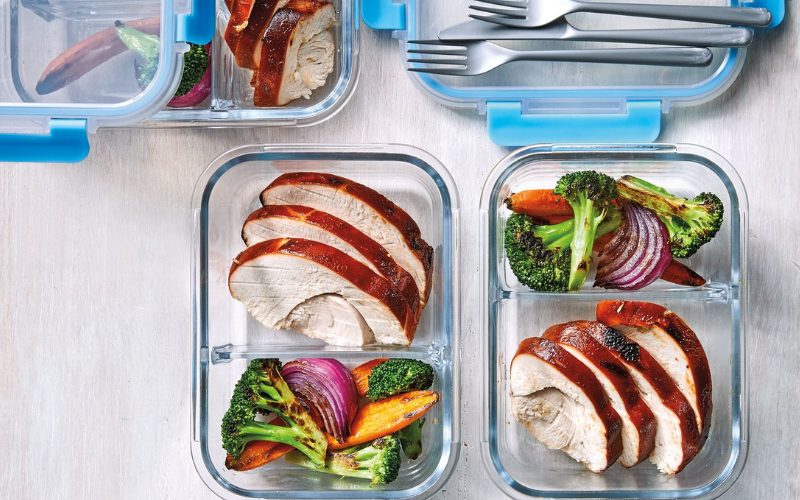
Meal prepping for weight loss involves preparing food in advance to create ready-to-eat meals for later, according to registered dietitian nutritionist, Sharon Palmer. These pre-prepped foods are usually packed into grab-and-go containers that can be refrigerated or frozen, and then microwaved or baked.
Serious meal-preppers might buy and pre-assemble several recipes at once so almost all their meals are covered for a few days or a week. But you can start off small by planning and packing up tomorrow’s lunch or a couple days worth of snacks.
You can also prepare big batches of specific meal components, says cookbook author and registered dietitian Dana Angelo White. “I'll make a big batch of rice early in the week, eat some that night, then use it later in the week if I'm doing burritos or fried rice.”
In terms of logistics, some people prefer to plan, shop, and meal prep all on the same day, while others spread the shopping and cooking into two separate days. Some people shop and prep ingredients (like chopping veggies), then cook the next day. The key is to do what works for you.
What are the benefits of meal prep?
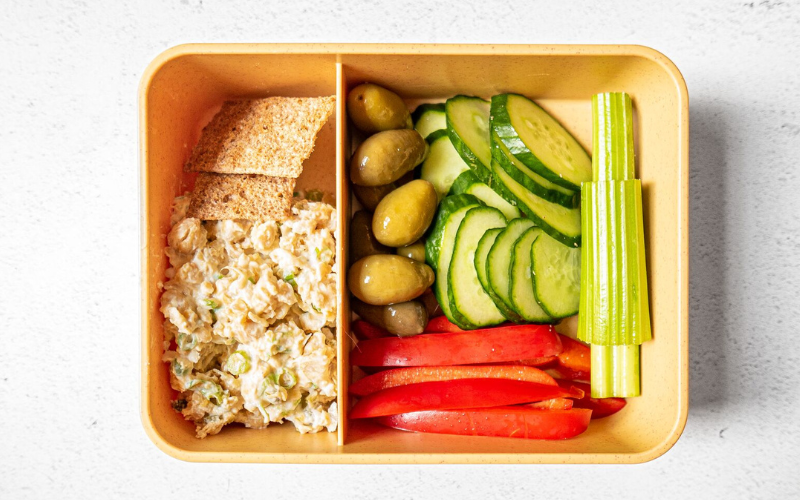
Yes, meal prep can take a bit of planning, but the benefits to your body (and your wallet) can’t be ignored. Meal prepping can help you:
- Save money. The more time you spend preparing meals at home, the less you’re likely to spend eating out, suggests a 2014 study published in the American Journal of Preventive Medicine.
- Save time. While you may still have to reheat your prepared meal or snack and, of course, wash your dishes, doing all your shopping and prepping over the course of one or two days will save time on cooking and major clean-ups during the rest of the week. Instead of staring blankly at the items in your fridge wondering how they fit together—all while your stomach grumbles—you can grab an entire snack or meal, reheat it, and enjoy.
- Take the guesswork out of portion control. Because meal prepping tends to involve divvying up your recipe into single servings ahead of time, it can be very beneficial for portion control, White says. Containers that come with portioned sections can help, she adds.
TIP: Whether you opt for plastic or glass, food containers are key when it comes to meal prep. If you’re just starting out, Palmer suggests purchasing a set that’s reusable, microwavable, and dishwasher-friendly.
- Eat on the go. Pre-prepping breakfast options (like egg muffins or overnight oats) or healthy snacks (like carrots and hummus) can help you avoid that last minute coffee shop pastry or post-lunch bag of chips during a busy day.
- Make grocery shopping easier. Planning your meals ahead of time means you’ll already know what ingredients you’ll need when you head to the shops. This means you’ll be less likely to waste time wandering the aisles or spending way too much money on impulse buys.
- Maintain health and weight-loss goals. The research around meal prep and weight loss is still evolving, a 2017 observational study of more than 40,000 French adults published in the International Journal of Behavioral Nutrition and Physical Activity hints at a correlation: Male subjects who meal-prepped were less likely to be diagnosed with obesity while women who prepped meals in advance were less likely to deal with excess weight or obesity. In theory, this makes sense: By definition, meal prep involves cooking at home, which is associated with a higher-quality diet. That said, the jury is out on whether an interest in eating healthy is a result of cooking at home or a catalyst for the habit.
Meal prep for weight loss
Just because someone goes through the motions of meal prepping doesn’t mean they’re guaranteed to lose weight. However, common sense suggests that making meal decisions ahead of time could help set you up for success—or at least help you steer clear of the drive-thru.
“Our brains love autopilot,” says Allison Grupski, PhD, clinical psychologist specialising in health behaviour change and obesity-related concerns. “The more we have to make decisions consciously—for example ‘what am I going to eat tonight?’ or ‘should I stop at the shops?’, the harder our brains have to work, and more likely we are to choose whatever's easiest.”
What’s more, preparing a meal at home means you know—and can control—exactly what ingredients go into it, says endocrinologist Dr. Harold Bays MD, a board trustee and chief science officer for the Obesity Medicine Association. For example, baking salmon at home means you can avoid the extra calories and excess saturated fat found at a restaurant where the fish is fried in butter instead of baked.
How to meal prep
There’s no right or wrong way to meal prep. If the concept overwhelms you, just start small, White says. “Maybe you just start brown-bagging lunches,” she suggests. Or, try cooking two more meals a week over the weekend to offset weeknight scrambling.
Another approach: “On Sunday, pick out a Monday dinner recipe, and get everything ready to make it: If it’s a stew, chop your veggies and put them in the fridge. Measure out seasonings. Get out your pot, and other utensils you will need. Then, when you come home on Monday, cooking will be so much easier.”
After you’ve gotten your feet wet, follow these meal prep steps for beginners:
Step 1: Invest in meal prep containers
Even if you’re a huge fan of your famous chicken chilli recipe, you won’t want to eat it on day three if it tastes iffy. To offset the risk of food going bad, invest in quality meal prep containers. If you go the plastic route, it’s also a good idea to avoid microwaving your food in a plastic container, or pouring piping hot ingredients into one, as the heat can break down the plastic. On the other hand, glass dishes aren’t only reusable, but safe for storing both hot and cold foods. The same goes for stainless steel options, although they shouldn’t be microwaved.
Step 2: Pick your recipes
Kick your meal prep journey off by starting with a large batch of a favourite recipe, Palmer suggests. Because you’ll likely eat this meal more than once during the week, make sure the dish you choose is both well-liked and resilient. For example, if you love stir-fried chicken and veggies, you could serve it with rice one day and wholemeal pasta the next to beat food fatigue.
Step 3: Make a plan
While some people struggle to wrap their heads around tomorrow’s lunch, others prefer to plan meals for multiple days or weeks.
“I have a whiteboard calendar in my kitchen,” White says. “On a Sunday or Monday, I’ll map out what we're going to do for breakfast, lunch, and dinners for the week. It's not crazy detailed; sometimes it'll just say ‘pizza’ or ‘chicken’ so I have an idea. Sometimes, I'll let my kids pick a dinner each week.”
After you’ve mapped out your meals for the week, it’s time to make a shopping list and schedule time to visit the shops—and more time to actually cook.
Step 4: Shop for food
This is the easy part, especially if you have your detailed list in hand. If you’re short on time and want to make your shopping experience even easier, consider organising your list according to the layout of your local grocery store. To cut out the legwork entirely, consider a grocery delivery service, White says. You can order pantry staples like grains, canned goods, and nuts online, then head to your favourite shop for fresh ingredients. “This saves me from running to multiple shops each week,” she says.
Step 5: Prep those meals!
If you’ve planned to shop and cook on different days, consider pre-prepping—i.e., chopping veggies—as soon as you get home from the shops.
“I often marinate meat or poultry on a meal prep day and then toss it on the grill the next day,” White says. “Having it marinated and ready to go saves time, and of course, helps with flavour.”
Once you’re ready to do the bulk of your meal prepping, start with the foods that typically take the longest to cook, like potatoes, beans, and meats. And don’t forget to recruit family members to help you with tasks like washing and chopping. Children who helped meal prep ate 76% more vegetables than those who were served meals prepared by their parents in a study published in the journal Appetite.
Store cooked meals you plan to eat within a week in airtight containers in the fridge, or find recipes suitable to freeze to eat even later on.
Step 6: Add variation
If you plan to eat the same ingredients for a few days in a row, changing things up can help you beat mealtime boredom: “Turn a salad into a sandwich, add protein and veggies on flatbread and make a pizza, or spice things up with a different dipping sauce or dressing,” White suggests.
Meal prep recipes
Whether you’re a complete newbie to meal prep or simply searching for some meal inspiration, the following recipes are prep-friendly and easy to portion out:
1. Breakfast meal prep
3. Dinner meal prep
More meal prep ideas and tips
If you’ve ever given leftovers the “sniff test” and wondered whether it’s still safe to dig in, you’re not alone. Knowing how long certain foods can remain in the fridge or freezer can make or break a good meal prep experience.
How long you can keep meal-prepped foods safe in your fridge and freezer:
| Food | Type | Refrigerator (5 °C or below) | Freezer (0 °C or below) |
|---|---|---|---|
| Salad | Egg, chicken, ham, tuna and macaroni salads | 3 to 4 days | Does not freeze well |
| Eggs | Hard-boiled eggs | 1 week | Do not freeze |
| Casseroles | 3 to 4 days | After baking, 2 to 3 months | |
| Quiche with filling | 3 to 5 days | After baking, 2 to 3 months |
| Soups & Stews | Vegetable or meat added | 3 to 4 days | 2 to 3 months |
| Leftovers | Cooked meat or poultry | 3 to 4 days | 2 to 3 months |
| Chicken nuggets or patties | 3 to 4 days | 1 to 3 months | |
| Pasta bakes and cooked pasta | 3 to 4 days | 3 months |
Here are few other meal prep hacks to help you along the way:
- Date your containers. Use a sticky label on your meal prep containers and write the date that the meal was assembled. This is an especially good idea if you plan to store food in the freezer to eat at a much later date.
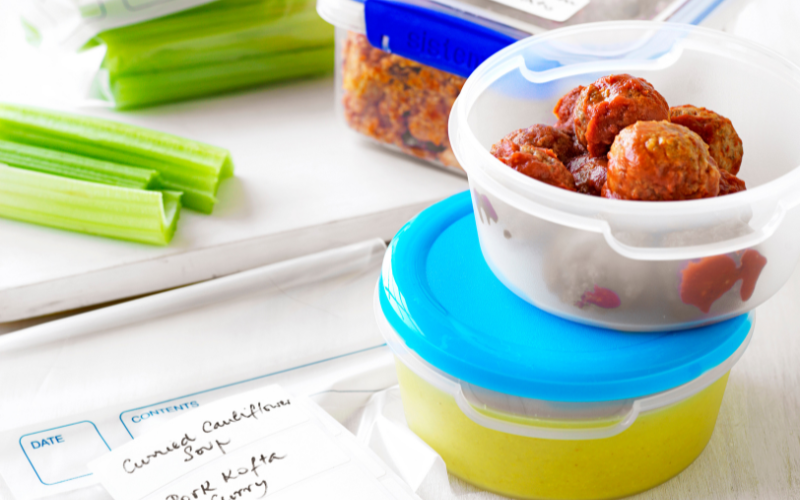
- Use social media. If you try searching for the hashtags #mealprep and #foodprep on Instagram, you’ll quickly find an abundance of inspiration. Search for those same terms on Pinterest for even more ideas.
- Know what foods not to prep in advance. Yes, the whole point of meal prep is to save you time, but there are certain foods that shouldn’t be prepped in advance. For instance, washing leafy greens before storing them for a few days may actually enhance spoilage. For the best results, wash them right before you’re about to chop and cook. The same goes for berries.
- Use leftovers. Did you make a big family meal with lots of leftover rice or pasta? Use them to create brand new meals you can eat later—like pasta bake or a burrito bowl.
- Incorporate grab-and-go snacks. Planning and prepping meals is great, but so are snacks that require zero work. Bridge the gap between meals with simple bites like apples, string cheese, yoghurt, nuts, whole wheat crackers, or popcorn.
- Utilise your freezer. The freezer is your friend, White says. Instead of prepping one meal to eat every day this week, try freezing one or two servings to defrost in a few weeks or months. This way, when you revisit your recipe, your tastebuds will be pleasantly surprised.
- Find your favourites. If there’s a meal or two that you and your family could eat over and over, note it for weeks when you’re stumped on what to make.
The bottom line
Whether you’re looking for dinnertime shortcuts, more nutritious lunch options, or some structure on your weight loss journey, meal prepping can be a big help. Not only can it provide built-in portion control, but it can help you think outside the box when it comes to flavours and ingredients, and may even save you money in the long run. Bye bye emergency doughnut—you came prepared!

